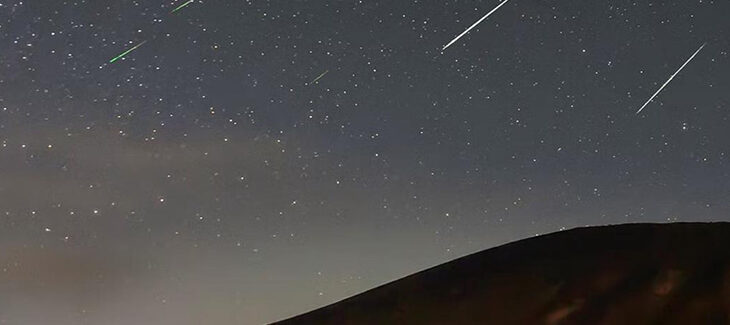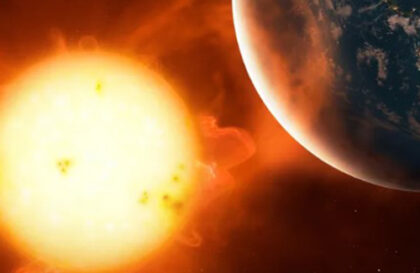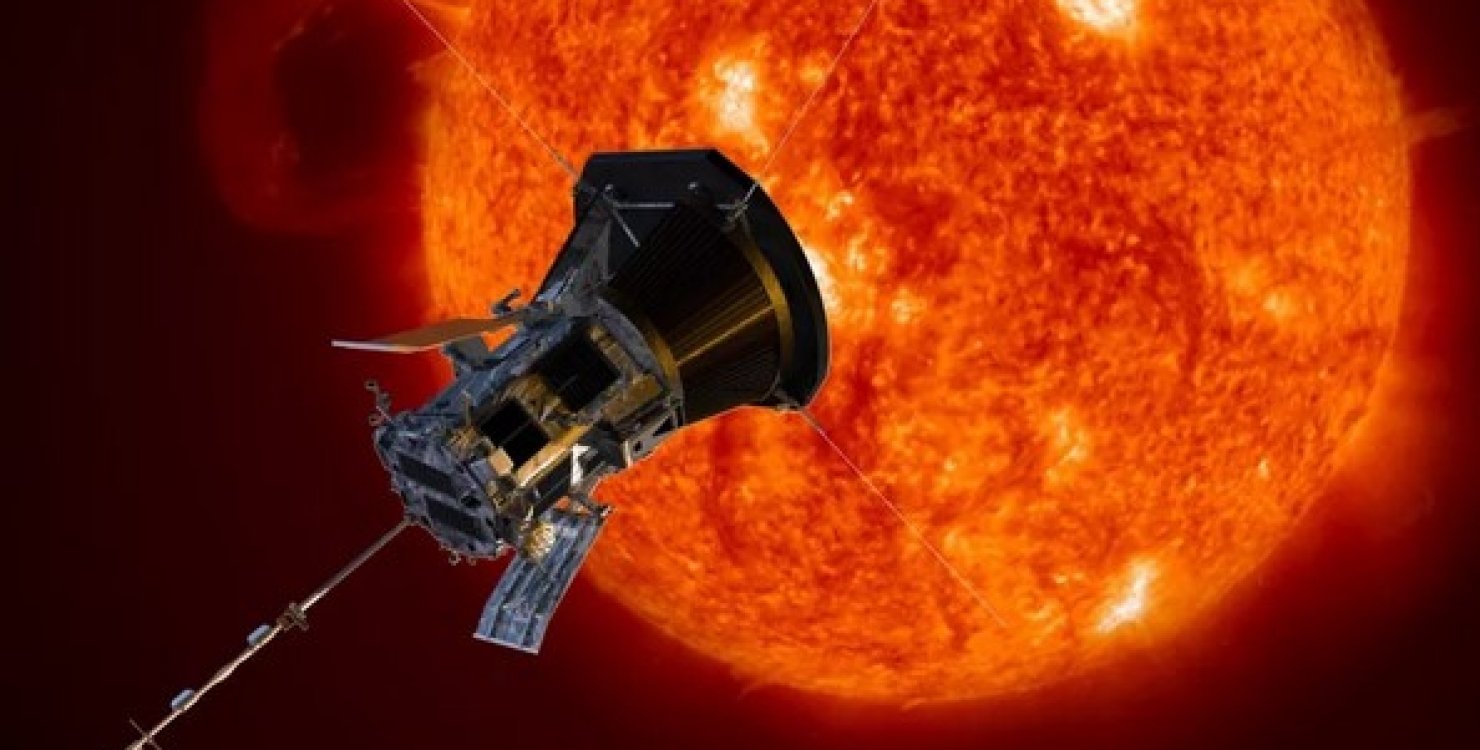The Draconid meteor shower, which occurs annually between October 8 and 10, has an intriguing origin and history. This celestial event results from debris from Comet 21P/Giacobini-Zinner, a 2 km diameter comet that completes a complete orbit around the Sun.
Although in the past, the Draconids produced up to 1,000 meteors per hour, in recent decades, this number has dropped to a more modest 300 meteors per hour. Despite the smaller number of meteors, the Draconids continue to be a fascinating astronomical phenomenon that offers valuable information about the nature of comets and their debris.
The Draconids are expected to peak in the early morning of October 8th. The Draconid meteor shower is odd because its shining point will be highest in the sky when darkness falls. This is why you will see more Draconids in the evening hours than in the morning hours after midnight. This map faces north at nightfall in October. Meteors come from the so-called Eyes of the Dragon – the stars Eltanin and Rastaban – in the constellation Draco. There is no need to look for anything. Just head out into the dark skies on the evening of October 7th and 8th and look up! Credit: Earth Sky
Its unique characteristics and behavior set the Draconid meteor shower apart from other meteor showers. Draconids are known for their slow-moving meteors, which can create long-lasting and spectacular trails in the night sky.
The best time to view the Draconid is usually October 8-10; however, this year, the downpour was hefty on the night of Sunday, October 8th, and continued into the early hours of Monday, October 9th.
Since on the night of October 9, the Moon was illuminated by the light of the Sun by less than 20%, the peak of the Draconida meteor shower was visible through a rather dark sky.
Banner image: Getty Images
Image credit:
https://www.independent.co.uk
https://earthsky.org






